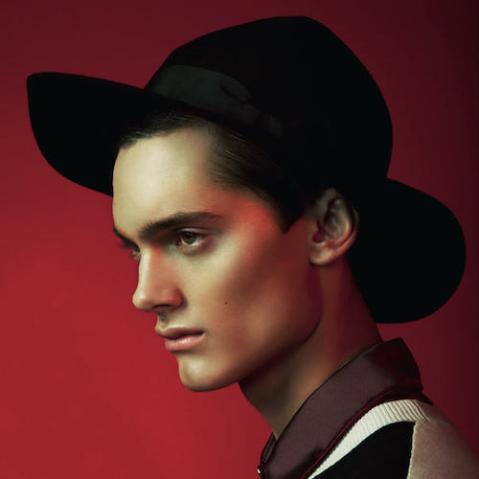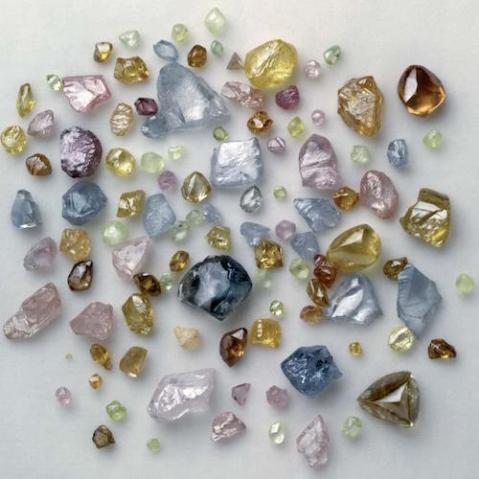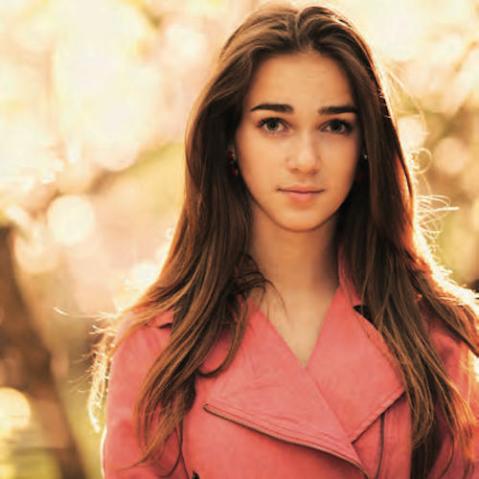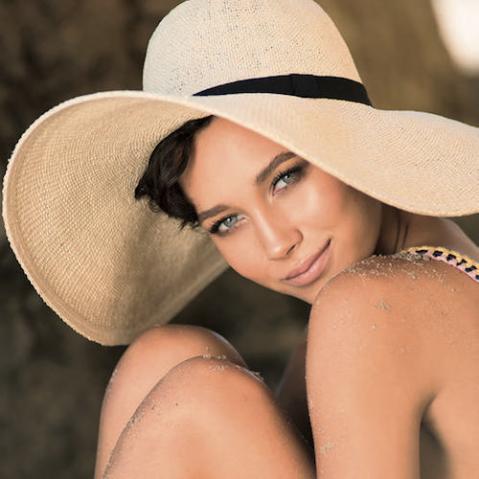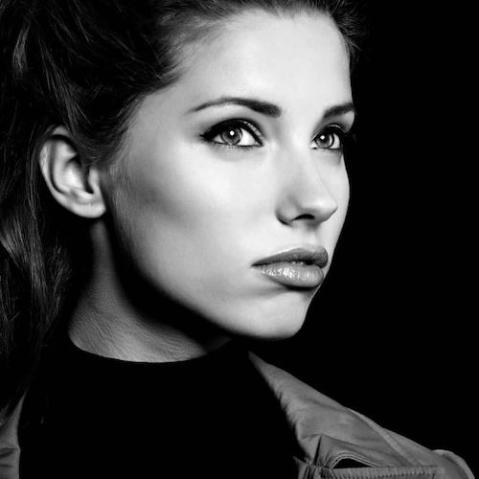Lighting and shooting environmental portraits
Location, location, location! That’s the key to getting a successful environmental portrait, where you use the surroundings and props to give visual clues to what a person is like, or what they do.
 Nikon D3X | 29mm lens | ISO 100 | ƒ/14 | 1/200 sec
Nikon D3X | 29mm lens | ISO 100 | ƒ/14 | 1/200 sec
More often than not, this means you’ll be in a real location and will have to use the ambient light to provide the lighting for the majority of the scene—usually the background.
The key is to make the background a key part of the shot, but not so dominant that it takes the focus away from the subject. This is a portrait, after all.
One way of doing this is by using a lens with shallow depth of field to make the background and foreground slightly soft, but leaving the subject sharp.
If you’re using flash, there is an alternative. By playing with the exposure settings on the camera either manually or by using exposure compensation, you usually underexpose the ambient light to make the background slightly less dominant. Then you use your flash to correctly expose the main subject of the picture—the person in it.
If you’re using high-speed sync, you can actually combine both of these techniques at once, although this can be problematic if it’s a bright day as the power of a high-speed flash is far less than a flash at normal sync speeds.
The shot of the man in the suit was a magazine commission to shoot a portrait of a former athlete-turned-TV-commentator. He’d always been squeaky-clean, but the magazine wanted him to show a different side of the man—out of his corporate logo-covered polo shirt and a bit more moody, gritty, and potentially a bit underworld. So he was shot outside a factory unit, with a Jaguar car—often the transport of a British gangster!—subtly in the background.
The sun gave harsh backlighting, leaving the subject’s face in shadow. So a single bare flash unit used on full power, out of frame to the left of the camera, was used to light his face. If you look carefully, you can see there are two distinct shadows on the ground. The main one left by the sun, and the second from our flash. A Nik Bleach Bypass Photoshop plug-in was used to achieve the more contrasty effect.
 Nikon D3X | 14mm lens | ISO 100 | ƒ/18 | 1/250 sec
Nikon D3X | 14mm lens | ISO 100 | ƒ/18 | 1/250 sec
The second shot of a motorcyclist in front of the famous Menai Bridge in Wales uses a similar technique. The motorcycles in the background, the bridge that leads from mainland Wales into Anglesey, the beard on the rider and the leather jacket all tell a story. This was a man on a marathon round-Britain motorcycle ride and the strain was starting to show. Bright sunshine, similar to the first picture, meant a bare flash was used to get enough power to light the rider effectively.
 Nikon D1X | 30mm lens | ISO 100 | ƒ/10 | 1/160 sec
Nikon D1X | 30mm lens | ISO 100 | ƒ/10 | 1/160 sec
The final shot of a WWII soldier made use of natural rim lighting from the sun, while off-camera flash picked out detail on the ammunition slung round his neck.
Learn more about light and lighting techniques using just one flash in John Denton and Adam Duckworth’s One Light Flash. The external flash unit is one of the most versatile, but probably under-used tools an amateur photographer has. With dedicated sections covering equipment, indoor and outdoor lighting, post production, and case studies that cover in depth lighting situations for different genres such as wedding, fashion, lifestyle, and boudoir, One Light Flash aims to show you how the first flash you buy may be the last you ever need.
 One Light Flash
One Light Flash
John Denton and Adam Duckworth
Buy it now!
RRP for print edition: £17.99

